Classroom procedures and routines form the backbone of a successful educational environment. They are the oil that lubricates the gears of daily classroom life, ensuring that everything runs smoothly and efficiently.
The first step in any well-managed classroom is to establish a set of procedures and routines. These are not merely rules or expectations, but rather a set of behaviors and processes that students and teachers follow to foster a stable and predictable learning environment.
They answer the “how” of daily tasks and interactions, ranging from entering the classroom to engaging in group work.
Why is This Important?
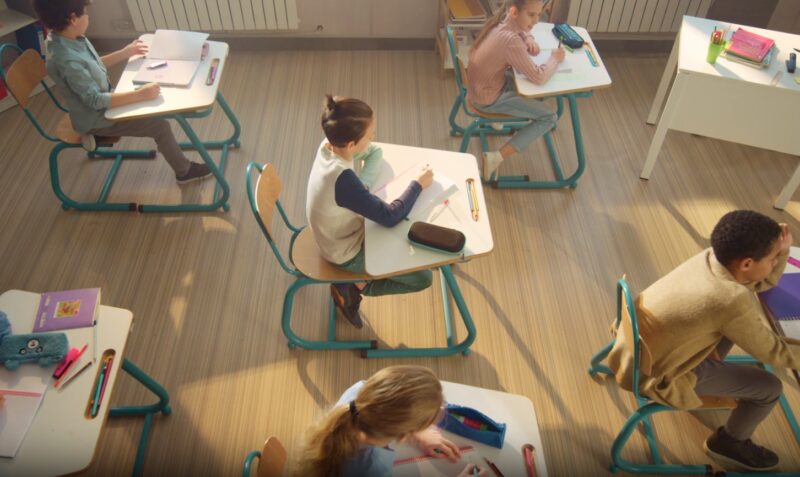
Procedures and routines serve multiple purposes. They minimize confusion and decision fatigue, allow students to feel secure in knowing what to expect, and free up cognitive resources for learning. By establishing clear expectations, students are able to focus on the content and engage more deeply with the material at hand.
Impact on Learning
When students are not preoccupied with figuring out what they are supposed to do, they can direct their energy towards learning. Well-established procedures and routines have been shown to increase on-task behavior, reduce disruptions, and support a positive classroom climate where students can thrive academically and socially.
How to Ensure Higher Efficiency?
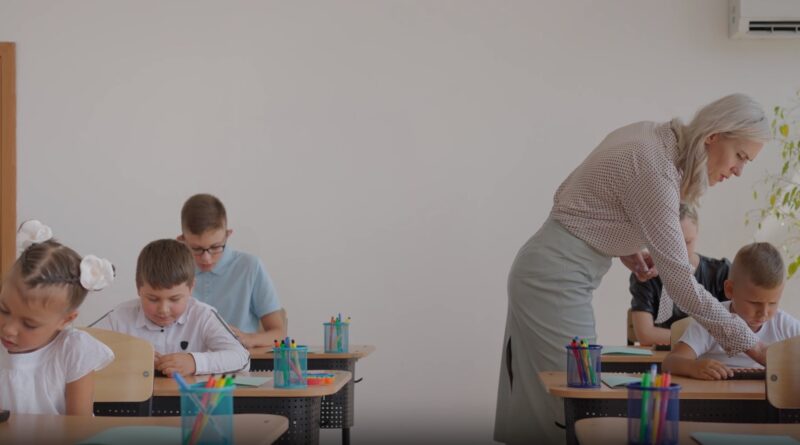
Developing effective classroom procedures starts with identifying the key areas that need structure. This includes transitions, instructional time, group work, and individual tasks. It is crucial to consider the flow of the day and the activities that will require clear guidelines to ensure a smooth operation.
- Transitions between subjects or activities
- Beginning and end of class routines
- Distribution and collection of materials
- Procedures for seeking help or asking questions
Involve Students in the Process
Involvement of students in the development of classroom procedures is paramount. When students have a hand in creating the guidelines, they are more likely to understand and follow them.
This collaborative approach also promotes a sense of ownership and responsibility among the students. Consistency is key when it comes to reinforcing procedures.
The teacher must consistently apply the procedures until they become second nature to the students. This may require patience and persistence, but the payoff is a classroom that runs like a well-oiled machine.
How Routines Can Impact the Quality of Each Class?
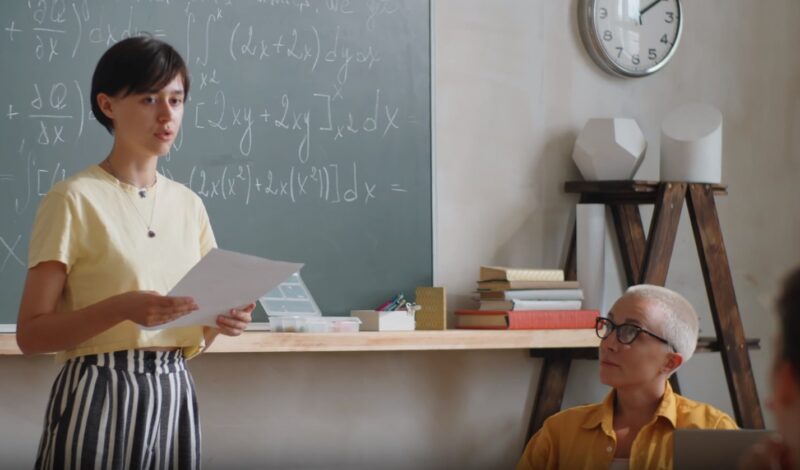
Implementing a daily agenda can revolutionize how a classroom operates. It provides a roadmap for the day, setting clear expectations for what will occur and when. This routine can alleviate anxiety and help students prepare mentally for the tasks ahead.
Regular Review Sessions
Incorporating regular review sessions as a routine can greatly enhance learning and retention. These sessions provide students with the opportunity to revisit material, ask questions, and consolidate their understanding. This routine can lead to deeper learning and greater academic success.
- Weekly recap of key concepts
- Regular quizzes to reinforce learning
- Group discussions to review material
A routine of reflection allows students to process their learning experiences, recognize their growth, and identify areas for improvement. This practice can build metacognitive skills and promote a growth mindset.
Teacher’s Role is Essential

The teacher’s role extends beyond the establishment of procedures and routines; they must also monitor their effectiveness and make adaptations as needed. This requires keen observation and the willingness to tweak processes that are not serving the classroom’s needs.
Providing Feedback
Feedback is a crucial component of maintaining classroom procedures and routines. Positive reinforcement for following procedures encourages continued compliance, while constructive feedback helps students understand how they can improve.
Leading by Example
Teachers must lead by example, adhering to the established procedures and routines themselves. This modeling is a powerful teaching tool, demonstrating the importance and effectiveness of these practices.
Here is a perfect example of how routine can affect different processes. In this case, it is about organizing a group reading session.
| Step | Action | Description | Materials Needed | Notes |
|---|---|---|---|---|
| 1 | Set-Up | Arrange the reading area with enough chairs for each student in the group. Place the reading materials on a central table. | Chairs, reading table, group reading materials. | Ensure the area is quiet and free from distractions. |
| 2 | Group Selection | Choose a group of students based on reading level or specific instructional needs. | Student reading assessment data. | Groups should be flexible and fluid, changing as student needs change. |
| 3 | Introduction | Introduce the reading material and set the purpose for the reading session. | Selected book or reading passage, lesson plan. | Clearly state the learning objectives for the session. |
| 4 | Guided Reading | Conduct the reading session, guiding students through the text, providing support, and asking comprehension questions. | Copies of the reading material for each student, question list, notepad for anecdotal notes. | Use prompts and cues to support students as needed. |
| 5 | Discussion | Facilitate a discussion about the text, encouraging students to think critically and share their understanding. | Discussion questions, anchor charts for reference, whiteboard. | Encourage full participation by asking open-ended questions. |
| 6 | Wrap-Up | Review the key points of the session and ask students to share what they learned. | Student journals or exit tickets. | Use this time for informal assessment of student comprehension. |
| 7 | Assessment | After the group session, assess student understanding through observations, notes, and/or formal assessments. | Assessment tools, recording sheets. | Assessments should inform future instruction. |
| 8 | Clean-Up | Have students help organize the reading area and return materials to their proper place. | N/A | This step teaches responsibility and care for shared spaces and materials. |
| 9 | Reflection | Reflect on the session’s effectiveness, student engagement, and learning outcomes. | Teacher’s journal or reflection log. | Reflection is critical for continuous improvement of instructional practices. |
Potential Challenges and Their Solutions
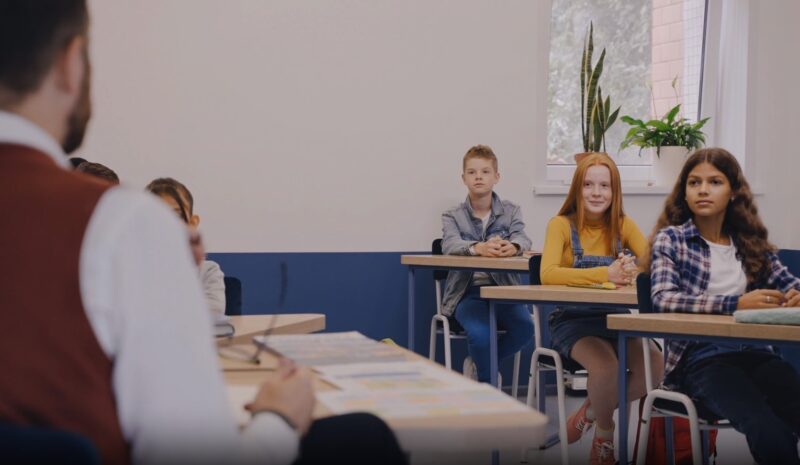
Resistance to new procedures and routines is a common challenge. To overcome this, it’s important to communicate the purpose and benefits clearly, and to involve students in the decision-making process.
Different Learning Styles
Not all procedures and routines will suit every learning style. Adjusting and offering alternative methods for completing tasks can ensure that all students’ needs are met.
Misunderstandings
Misunderstandings are inevitable. When they occur, it is crucial to address them promptly and clarify any confusion. This prevents the formation of bad habits and ensures that the procedures and routines are followed as intended.
What is the Best Approach?
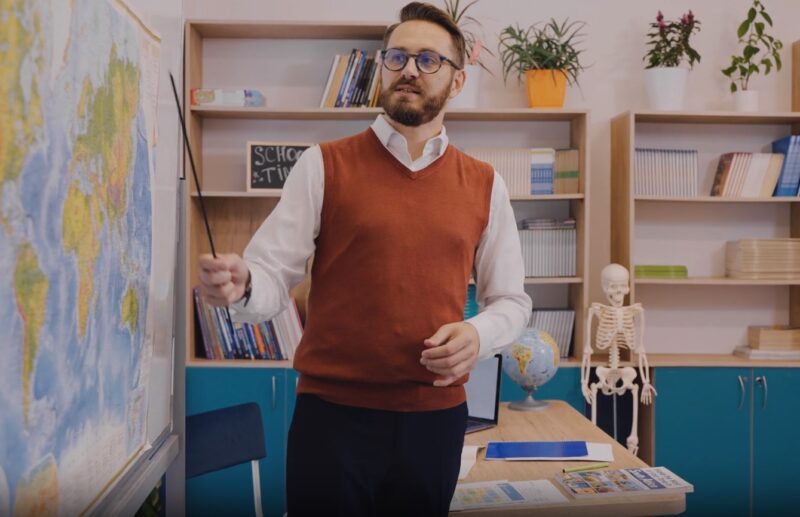
Effective teaching and reinforcement of classroom procedures and routines are as important as the procedures themselves. It’s not enough to merely establish them; they must be ingrained into the daily fabric of classroom life.
Step-by-Step Instruction
When introducing a new procedure, break it down into manageable steps. Demonstrate each step, and then have students practice it. This methodical approach ensures that all students understand each component of the procedure.
- Demonstrate: Show the students how to follow the procedure.
- Practice: Have students practice the steps under supervision.
- Feedback: Provide immediate feedback and corrections if needed.
Consistent Reinforcement
Reinforcement should be consistent and frequent, especially in the initial stages of learning a new procedure. Use verbal praise, visual reminders, and other forms of positive reinforcement to encourage adherence to the routines.
Role-Playing Scenarios
Role-playing can be a dynamic way to teach procedures. It allows students to experience the procedure in a controlled environment and can be especially helpful for complex or multi-step routines.
Certain Management Tools Can Help

There are numerous tools available to support the enforcement and tracking of classroom procedures and routines. These tools can make procedures more engaging and provide data to help refine them.
Digital Task Managers
Digital task managers can help students keep track of their responsibilities and deadlines. Apps and platforms like Google Classroom or Trello can be used to manage workflow and reinforce routines.
Visual Schedules
Visual schedules displayed in the classroom can serve as constant reminders of daily routines and procedures. They can be particularly helpful for younger students or those who benefit from visual cues.
Automated Reminders
Setting up automated reminders for certain procedures, like homework submission or test preparation, can help students stay on top of their responsibilities without constant teacher intervention.
Evaluation and Feedback
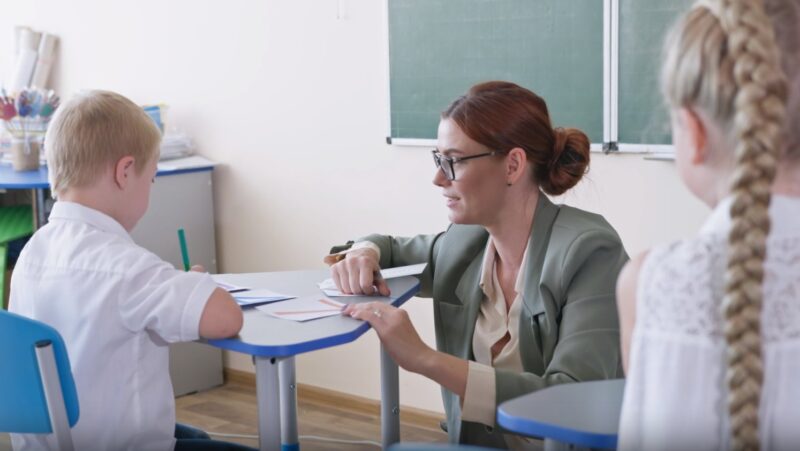
To ensure that procedures and routines are effective, it’s important to have mechanisms in place for evaluation and feedback. These can help identify areas for improvement and ensure that the procedures are meeting the needs of the students.
Student Surveys
Surveys can be a great way to gather student feedback on the effectiveness of classroom procedures. This feedback can be invaluable in refining and adjusting routines.
Teacher Reflection
Regular reflection sessions where teachers review the effectiveness of their procedures can lead to important insights. Reflecting on what works and what doesn’t is key to continuous improvement.
Peer Observations
Inviting a colleague to observe your class and provide feedback on the implementation of procedures can offer a fresh perspective. Peer observations can be a helpful tool for professional development.
FAQs
How do you modify classroom routines for different age groups?
Classroom routines for younger students often require more visual aids and may involve songs or chants to help them remember the steps. For older students, routines can be more complex and involve self-management skills.
For instance, a high school classroom might incorporate technology for routine tasks, like submitting assignments online, while a preschool class might have picture cards for each part of the day.
Can you suggest strategies for students who struggle to follow classroom routines despite repeated instruction and practice?
For students who struggle, individualized support may be necessary. This could include visual schedules or checklists that they keep at their desk, peer buddies who can guide them, or even gentle verbal reminders.
Additionally, it may be helpful to involve the student in the creation of a personalized plan to give them a sense of ownership and control over their behavior.
What is the best way to introduce a new routine mid-year when students are already accustomed to the existing ones?
Introducing a new routine mid-year requires clear communication about the change and its benefits. Start by explaining the reason behind the new routine and demonstrate it. Allow time for questions and practice, and be patient as students adjust. It can be helpful to phase in the new routine gradually or tie it to an existing one to make the transition smoother.
How can classroom routines be adapted for a special needs inclusive classroom?
In an inclusive classroom, routines should be designed with flexibility to accommodate the needs of all students. This might mean providing additional visual aids, offering more time for transitions, or creating alternate pathways for completing routine tasks. It’s important to consult with special education professionals to tailor routines that support individual learning plans.
How do you measure the effectiveness of classroom routines and procedures?
The effectiveness of classroom routines can be measured through observations of student behavior, time-on-task, and the smoothness of transitions. Surveys or feedback from students can also provide insights into how well routines are functioning. Another indicator is the frequency of behavioral issues or interruptions, which should decrease as routines become established.
Conclusion
Procedures and routines are essential for a structured and efficient classroom, but their success depends on how they are taught, reinforced, and adapted to meet the needs of all students.
By employing a variety of strategies, tools, and inclusive practices, and by regularly evaluating their effectiveness, teachers can create a classroom environment that is conducive to learning and growth.
